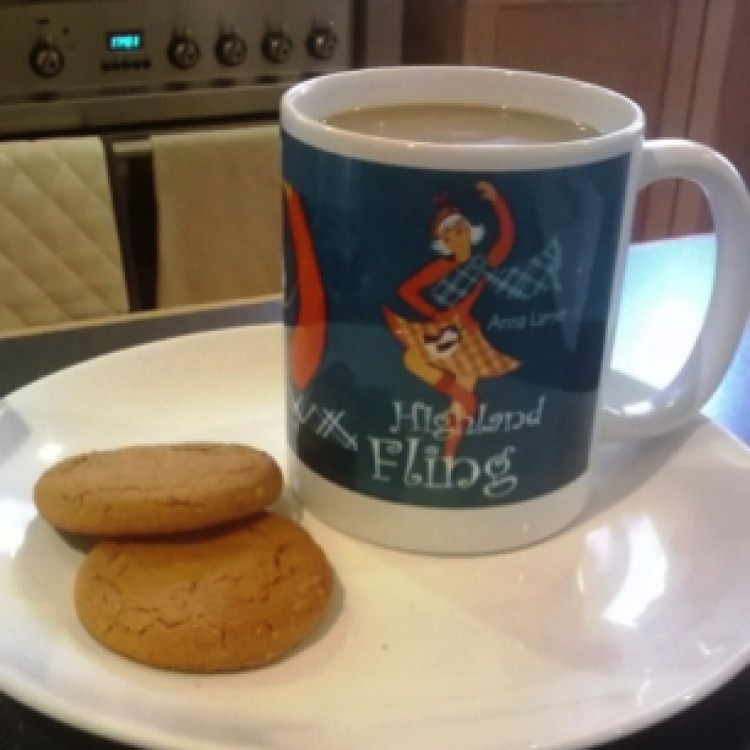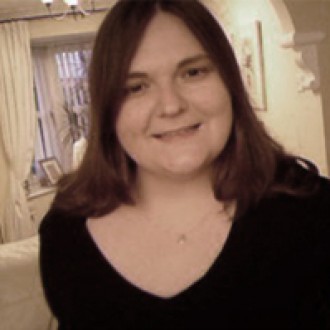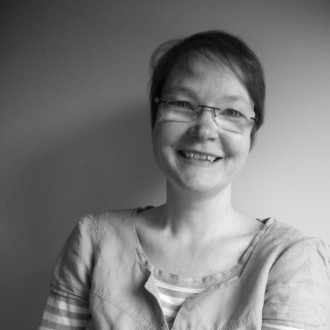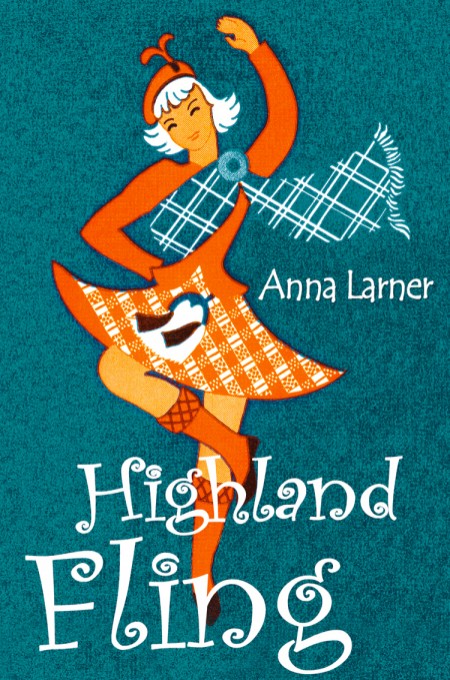Jenny Frame interviews Anna Larner:
Congratulations on your new book, Anna!
Cheers, Jenny!
What made you decide to become a writer?
It wasn’t so much a decision, more “Oh, so that’s who I am.”
The clues were there:
Clue 1- A daydreamer with an overactive imagination.
Clue 2- A degree in English Literature.
Clue 3- A heartfelt passion for all things LGBT.
Let’s just say I eventually joined the dots.
Where do you get your ideas?
Inspiration comes from the world around me—people, places, events—captured by my senses, tucked away in my memory.
I then form ideas by reimagining these memories through the lens of Me—who I am, my sensibilities, my sexuality, the stuff I find hard, the stuff I find fun, that kind of thing.
What is your writing process like? Do you plan everything or just let the story unfold naturally?
I know this is common to many writers, but I get the sense that I’m writing a story that is waiting to be written. That doesn’t mean I automatically know the story, or that it is easy to bring it out.
Highland Fling was written in a free-flowing way, without a plan. In retrospect not the most efficient way of working, as it took three substantive edits to finalize the work but it was a necessary and invaluable experience, and I learned an awful lot about writing along the way.
My second novel Love’s Portrait has a detailed plot summary in place which is helping me write more efficiently. But I wouldn’t be able to write in this way without the experience I gained writing Highland Fling.
A large part of your book Highland Fling takes place in Scotland—one of the most beautiful places in the world, but I might be a bit biased. What inspired you to set it there?
The Highlands of Scotland is one of my favorite places to visit. It is such an awe-inspiring place. The fauna, the flora, the mountains that go on forever, it is a feast for the senses, and the stuff of dreams and imagination.
On one particular visit, during a hike, I met a local forestry woman and I began to imagine her life and that planted the seeds for the story. Before I knew it I had given her a holiday romance and a complicated past!
How much of yourself and the people you know are in your characters?
I wrote Highland Fling from my heart; therefore there is a lot of me in it, and without intending a few traits from my family and friends.
In particular, the main character Eve feels everything I felt at twenty-six. How awkward I was when I fancied someone, how difficult I found it to read someone’s sexuality, how impulsive I could be when smitten. Eve’s best friend Roxanne definitely has traits from my best mate who used to listen with amusement to my tales of hapless crushes.
The inspiration for Moira came, not so much from anyone in particular, but from an understanding that your life experience, your choices shape you. Moira embodies the many pressures, both internal and external, of being a lesbian growing up within a small community and in a less accepting era.
It was important to me that Highland Fling reflected real people, overcoming real struggles and finding real hope.
What’s your favorite and worst part of the writing process?
My favorite part is when I find my groove and the writing flows. The worst part is the natural process of doubting yourself, whether that’s during writing or waiting to find out what people think!
What advice would you give to aspiring authors?
Commit and open your heart, and you’ll hear your characters, you will see the setting, and then write with unashamed gusto. Edit later and never stop wanting to improve.
Who are your literary heroes? Who inspires you the most?
Nancy Garden is definitely one of my top literary heroes. She wrote the first lesbian romance I read called Annie On My Mind. I was in my teens and it was such a consoling read.
Funnily enough, I’ve blogged about my literary crushes as I have so many! They include E. M. Forster, Ali Smith, Carol Ann Duffy, W. H. Auden, and Virginia Woolf. Take a look if you fancy: www.annalarner.com
What are you writing next?
The novel I’m working on is a contemporary lesbian romance called Love’s Portrait.
The essence of the story is that a museum curator and museum benefactor fall in love as they discover a painting’s tragic past.
My aim is to deliver a heartfelt romance with depth and poignancy, with beautiful descriptions, packed with tension and scenes of breathless attraction.
To finish, a very serious two-part question. Tea or Coffee? What’s your favorite biscuit?
Wow. This is a revealing question. Still, this is no time for biscuit coyness, so I might as well confess—I’m a dunker. So chocolate is problematic and any crumbly biscuit is far too stressful. For me it’s a malted milk or a ginger nut.
Now, on to the second part—I drink tea first thing in the morning, usually two cups straight after each other. Then about eleven thirty I have a cup of coffee. Not just any coffee—it has to be Lavazza and made in a stovetop coffeemaker. I’m a creature of habit.
Thanks Anna! J



